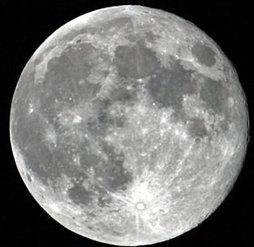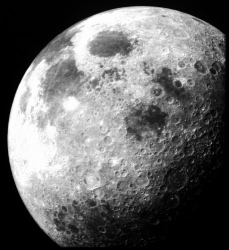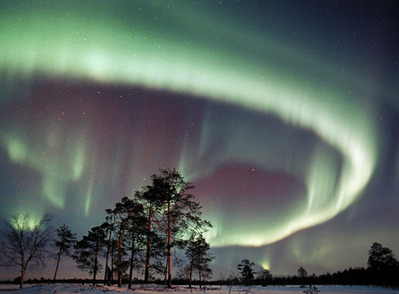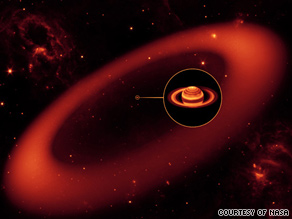Transit Map of the Milky Way Galaxy
Samuel Arbesman, in an effort to diagram and present our galaxy, the Milky Way galaxy in a way that non-scientists could grasp in terms of relationships and space, came up with a nifty graphic tool. He diagramed the Milky Way by using a convention Subway Transit map as a model. It's pretty cool; click here to read more. Click the image for a larger view with information about scale and the color-coding.







